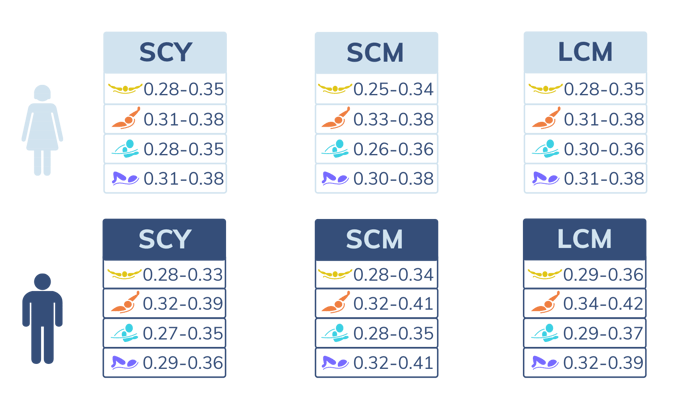Push Time
How is Push Time measured, what to look for in a good Push Time.
What is Push Time?
This is the total amount of time spent pushing off the wall. It is a great metric to pair with other transition metrics like Push Strength, Push Max Acceleration, and Push Depth. This is considered an output metric, influenced by other transition phase technique metrics.
How is it measured?
Push Time is measured as the total time from when your feet first hit the wall, as you contract and then push away, until the moment your feet completely leave the wall. As with other Transition metrics, this metric is only calculated for turn ends of a rep, and this will not be calculated for the finish lap of a rep.
What is a good Push Time?
A low push time is generally considered better as it means you got through your Transitions faster and got off the wall with more explosive strength.
However, this must be considered along with other metrics, especially Push Strength and Push Max Acceleration, as a short Push Time with low numbers on those two metrics means an overall weak push that did not use the full strength and length of your legs.
The momentum built from the push-off helps maximize Time Underwater and leads to a powerful breakout, which can ultimately shave off crucial seconds in the overall time.
Typical Push Time Ranges
Find your preferred stroke and pool length below to see where you sit within the range for your personal overwater speed.
How to Improve your Push Time?
Improving your Push Time is a combination of improving your Push Strength and Push Max Acceleration while ensuring you are still executing your push with optimal technique. A strong push that uses the full strength of your legs and gets you to explode off the wall will be the fastest way to get a shorter Push Time. This will ensure you move out of your Transition and into your Underwater phase as fast as you can with the highest amount of momentum and speed possible.

